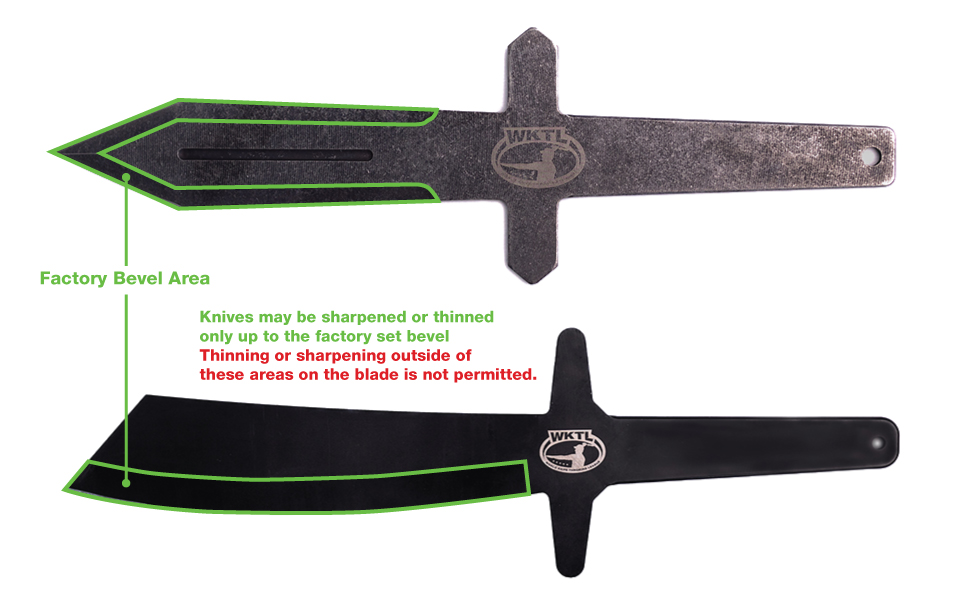Thank you to our WKTL community members who provided feedback on the proposed rule changes for the 2023 knife throwing rules. Especially those who were active in discussions on the WKTL online communities. We made a commitment to the community (throwers and venues) to communicate these proposed changes and receive your feedback before the rules were solidified and documented.
We highly recommend reading through the rules in full, however, we will highlight some of the larger changes below.
The 2023 Rules Update will take effect on January 1st, 2023.
Knife Quality
Warm Up Throws
Technicalities


For those who may not see a particular rule suggestion they made that was accepted into the 2023 rules, please keep in mind that many decisions were made based on varying factors including future plans for 2024 and beyond and we’re confident that these will help the sport move in the right direction as we continue to grow.